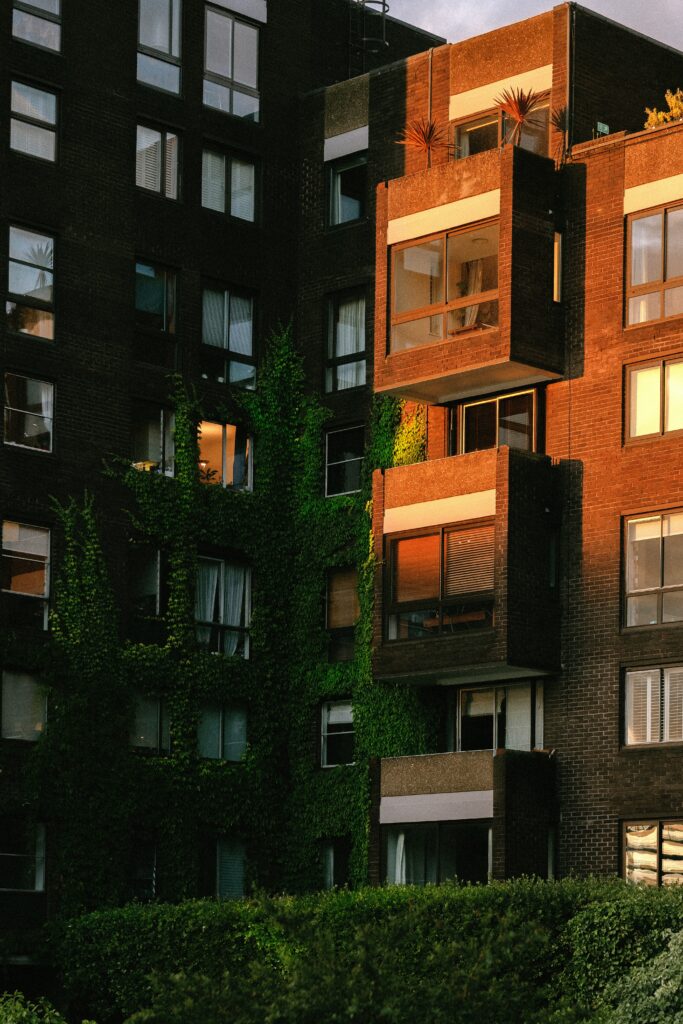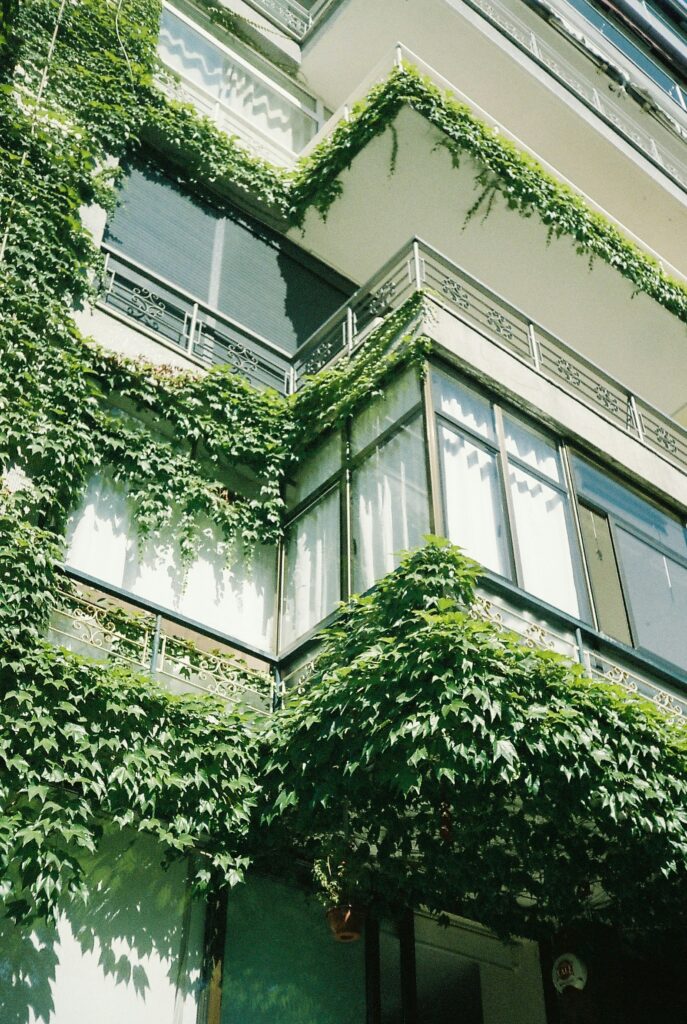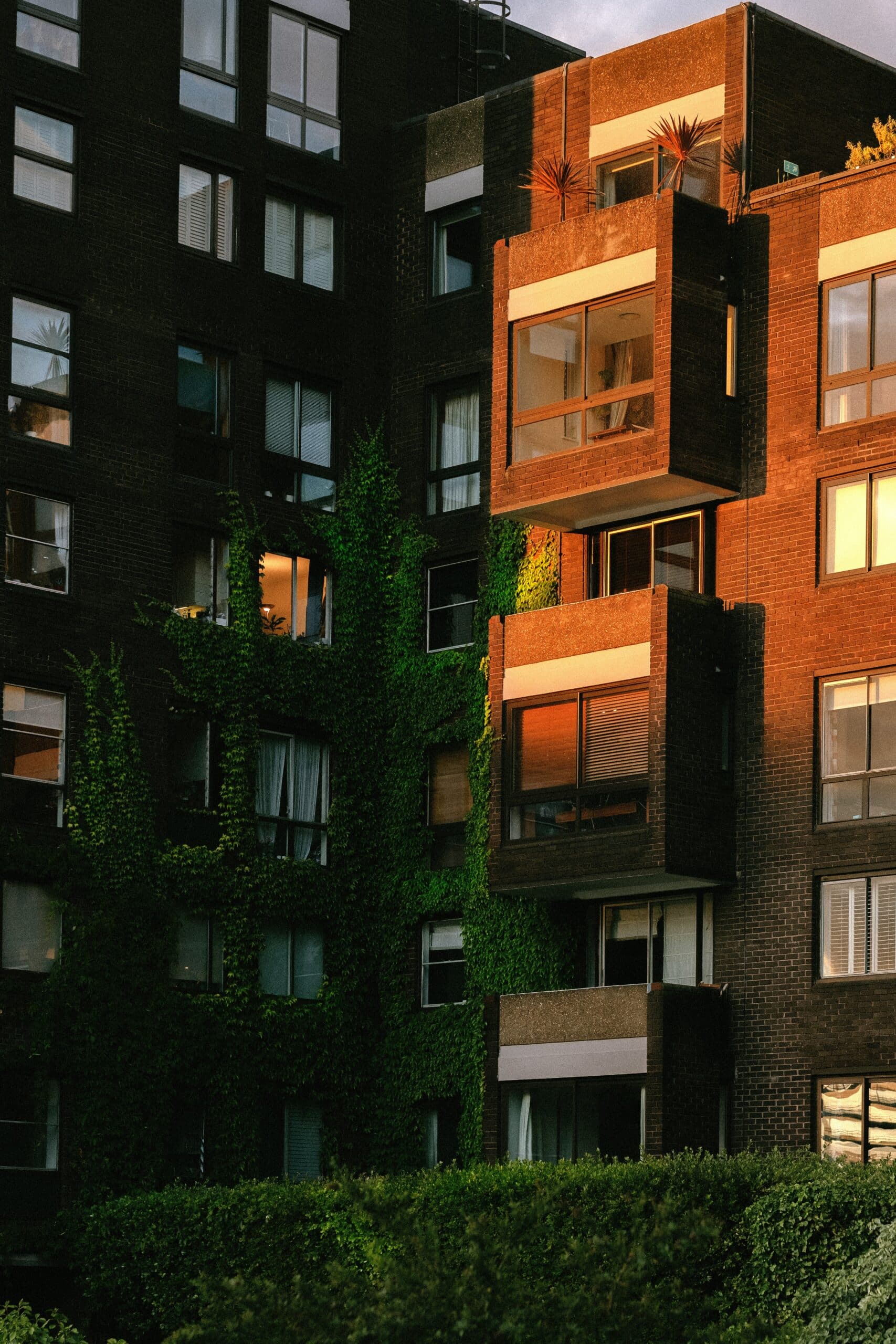Anúncios

In today’s post, we delve into the enchanting world of urban oases, highlighting the top plants that thrive in low-light apartments. These low-maintenance, high-impact green beauties will revolutionize your living space, offering both aesthetic appeal and multiple health benefits.
Indoor plants are not just decorative elements but potent tools that can dramatically improve your home’s air quality. They absorb toxins, release oxygen, and increase humidity, creating a healthier and fresher environment. Moreover, tending to these green gems can also offer therapeutic benefits, reducing stress levels and enhancing your overall well-being.
Anúncios
Yet, the challenge lies in selecting the right plants that can thrive in low-light conditions. Many urban dwellers, constrained by lack of ample sunlight, often find their verdant companions withering away. However, not all plants require bountiful sunlight. There exists a myriad of plant species that can flourish even in dimly lit corners, transforming your apartment into an urban oasis.
In the forthcoming sections, we will present a detailed list of these plant species, encompassing their unique characteristics, care guidelines, and growth conditions. Each of these plant species has been carefully chosen for their resilience in low-light conditions and minimal maintenance requirements. Their high impact on transforming spaces and their ability to bring the tranquility of nature indoors make them the perfect green additions to your home.
Anúncios
So, prepare to embark on this exciting journey of urban gardening. Discover the magic of fostering your own oasis in the midst of city life. With the right plants, even the most light-deprived corners of your apartment can become a lush sanctuary. By the end of this post, you’ll be well-equipped to breathe new life into your space and create your very own urban oasis.
The Science Behind Plant Growth in Low-Light Conditions
As a general rule, plants require light to photosynthesize and produce energy. However, not all plants have the same light requirements. Some plants are adapted to thrive in low-light environments due to their evolutionary history in shaded forest undergrowth or cloud-covered habitats. These plants have evolved various mechanisms, such as larger, greener leaves, to optimize the absorption of available light.
Understanding the Spectrum of Light
Sunlight comprises a spectrum of colors, each with a unique wavelength. The colors that we perceive are the ones not absorbed by the object, but rather, reflected. Green, the most common color in plants, is a result of chlorophyll reflecting green wavelengths of light. This particular segment of the spectrum, along with the red and blue portions, are vital for photosynthesis.
In low-light conditions, plants have to adapt to absorb the maximum amount of these wavelengths. For example, some plants develop larger and broader leaves to increase the surface area for light absorption. Others grow taller to reach light sources, while some even develop unique methods of storing and utilizing energy.
Top Plants for Low-Light Apartments
Despite the common belief, several plants do not just survive but thrive in low-light conditions, making them perfect for indoor living. Here are a few options to consider:
- Snake Plant (Sansevieria trifasciata): Also known as mother-in-law’s tongue, this plant is highly adaptable and can tolerate both low light and infrequent watering.
- ZZ Plant (Zamioculcas zamiifolia): This plant is a popular choice for low-light conditions because of its glossy, dark green leaves and its ability to survive with minimal care.
- Pothos (Epipremnum aureum): Pothos, also known as devil’s ivy, is an easy-to-grow trailing plant that can thrive in a range of light conditions, including low light.
- Peace Lily (Spathiphyllum): Peace lilies are low-light tolerant plants that also help improve indoor air quality.
Spider Plant (Chlorophytum comosum)
Another excellent choice for low-light conditions is the Spider Plant. Native to South Africa, these plants are known for their long, arching leaves that often have a variegated pattern. They’re extremely hardy and can survive in a wide range of conditions, including low light.
Importance of Proper Watering in Low-Light Conditions
When growing plants in low-light conditions, it’s essential to adjust your watering routine accordingly. Plants in low-light environments will generally require less water than those in brighter, warmer conditions. This is because the rate of photosynthesis is slower, and therefore, water loss through transpiration is reduced.
Overwatering: A Common Mistake
A common mistake when caring for indoor plants, especially those in low-light conditions, is overwatering. Watering should always be tailored to the plant’s needs and environment. For example, the ZZ plant, a popular low-light plant, prefers to dry out completely between waterings.
Understanding the delicate balance between water and light is essential when cultivating plants in low-light conditions. Plants rely on photosynthesis to generate energy, and in low-light environments, the process is slower, meaning plants don’t need as much water. However, it’s crucial to pay attention to the specific needs of each plant species, as they may require different watering routines even within the same environment.
Watering Frequency
The frequency with which you water low-light plants should be reduced compared to those in brighter conditions. A plant in low-light will likely go through its water supply more slowly, as it’s not photosynthesizing at the same rate. It’s better to let the soil dry out between waterings, allowing the plant to “rest” and avoid root rot, a common issue caused by excess moisture.
Signs of Overwatering
One of the key signs that you’re overwatering your plant is yellowing leaves, particularly the lower ones. Additionally, if the plant feels soggy to the touch or if the soil is constantly wet, this could indicate that the roots are sitting in waterlogged soil, leading to root rot. In cases like these, it’s crucial to allow the soil to dry completely before watering again, and sometimes it may even be necessary to repot the plant if the roots have started to rot.
Watering Techniques for Low-Light Plants
- Check Soil Moisture: Instead of adhering to a fixed watering schedule, check the moisture level of the soil before watering. Insert your finger into the soil up to the first knuckle; if it feels dry, it’s time to water. If it still feels moist, wait a few more days.
- Proper Drainage: Ensure that your pots have adequate drainage holes to prevent water from collecting at the bottom. Using a potting mix designed for well-draining soil will also help prevent water from accumulating and causing root rot.
- Use the Right Amount of Water: Water the plant thoroughly, but ensure that the excess water can drain away freely. Don’t let the plant sit in water. If you’re using a saucer under the pot, empty any water that collects in it to avoid root damage.
Adjusting Watering to Seasonal Changes
Low-light plants may have varying water needs depending on the time of year. During the winter months, the light is usually lower, and the plant is likely dormant or growing slowly. This period requires less water. In spring and summer, when natural light may be stronger or more consistent, the plant might need slightly more water to support its growth.
Watering for Different Plant Types
Different plants react to low-light conditions in varying ways. Some plants, like the ZZ plant or snake plant, are drought-tolerant and require very little water. On the other hand, more sensitive plants, like ferns, may need a bit more moisture, but still less than they would in brighter conditions. Always research the specific needs of the plants in your collection.
Humidity and Watering
In addition to adjusting watering routines, consider the humidity levels in your environment. Low-light areas are often cooler and may have lower humidity, which can stress plants that require higher moisture in the air. You can combat this by misting your plants or using a humidifier to maintain a balanced environment. Additionally, placing plants on trays with pebbles and water can help increase humidity around them without direct water contact with the roots.
In conclusion, understanding how to adjust your watering routine for plants in low-light conditions is vital for their health. By preventing overwatering, choosing the right watering techniques, and paying attention to specific plant needs, your low-light plants can thrive in your space. With careful attention, you’ll foster a balanced, healthy environment where your plants can flourish, even in the darkest corners of your home.
Caring for Low-Light Plants
In addition to proper watering, low-light plants also require specific care to thrive. This can include maintaining a stable temperature, ensuring adequate humidity, and providing the right soil mix. Regularly cleaning the leaves to remove dust can also enhance light absorption.
Fertilizing Low-Light Plants
Like all plants, those grown in low-light conditions require nutrients to grow. However, they often need less fertilizer than their sun-loving counterparts, as their slower growth rate means they use nutrients more slowly. A balanced, water-soluble fertilizer applied every few months should suffice for most low-light plants.
Understanding these basic principles of plant biology and care can help you cultivate a verdant, thriving indoor oasis, even in the most light-starved apartment. With these easy-to-care-for plant options, you can enjoy the benefits of indoor greenery without requiring a sunny window.
Maintaining Stable Temperature and Humidity
In addition to proper watering, low-light plants thrive when their environment is stable. Temperature fluctuations can stress plants, especially those already living in low-light conditions, where photosynthesis is slower and the plant’s energy resources are limited. Ideally, these plants prefer a consistent temperature range that is not too hot or cold.
- Temperature: Most low-light plants prefer temperatures between 60°F and 75°F (15°C to 24°C), though this can vary by species. Extreme temperature changes, such as cold drafts or direct heat from radiators, should be avoided.
- Humidity: Many low-light plants, such as ferns or peace lilies, prefer higher humidity levels to thrive. Dry indoor air, especially during winter when heaters are running, can stress these plants. To boost humidity, consider placing a humidifier near your plants or grouping plants together to create a microclimate. You can also place a shallow tray of water with pebbles underneath the plant pots, allowing the water to evaporate and naturally increase humidity around the plants.
Choosing the Right Soil Mix
Soil plays a pivotal role in the health of your low-light plants. These plants often require a soil mix that retains enough moisture while also draining well. Choosing a soil mix that is both well-draining and able to hold some moisture will help prevent root rot and allow the plant to access nutrients.
- Soil for Low-Light Plants: Opt for a potting mix designed for houseplants, or make your own mix using ingredients like peat moss, perlite, and pine bark. This combination helps balance moisture retention and drainage, creating an ideal environment for root growth.
- Repotting: Low-light plants generally don’t need frequent repotting, but every couple of years, it’s good to check if they’ve outgrown their pots. Repotting allows the plant to access fresh nutrients and can provide more space for root growth, which is particularly important as your plant matures.
Cleaning the Leaves
In low-light environments, every bit of available light must be utilized. Dust can accumulate on the leaves, blocking the light and making it harder for the plant to photosynthesize. Regularly cleaning the leaves not only helps maximize light absorption but also ensures that your plant remains healthy.
- How to Clean the Leaves: Use a damp cloth or a gentle sponge to wipe down the leaves, removing dust and dirt. Be careful not to damage the plant or disturb the leaves too much. For larger plants with numerous leaves, you can use a handheld spray bottle with water to gently mist the leaves before wiping them down.
Fertilizing Low-Light Plants
Low-light plants have slower growth rates due to their limited exposure to light, so they don’t need as much fertilizer as sun-loving plants. Over-fertilizing can lead to nutrient imbalances and even damage to the plant. A moderate feeding schedule should suffice.
- Types of Fertilizer: A balanced, water-soluble fertilizer (such as 20-20-20) is a great option. You can apply it once every two to three months during the growing season (usually spring and summer). In winter, when growth slows down, you can cut back on fertilization or stop altogether.
- Fertilizing Tips: Always dilute the fertilizer to half the recommended strength to avoid overfeeding. Too much fertilizer can lead to leaf burn or damage to the roots, so it’s always better to under-fertilize than overdo it.
General Care for Low-Light Plants
- Pruning: Low-light plants, like all plants, benefit from occasional pruning. Removing dead or yellowing leaves not only improves the plant’s appearance but also prevents the spread of disease and encourages new growth. Be sure to use clean, sharp scissors or pruning shears to avoid causing harm to the plant.
- Plant Rotation: Since your plants are in a low-light environment, they may grow unevenly, seeking light from one direction. To ensure balanced growth, occasionally rotate the plant by 90° to expose different sides to light. This practice encourages more even growth, helping the plant to remain symmetrical and strong.
- Watch for Pests: Even low-light plants are susceptible to pests. Check your plants regularly for signs of pests such as spider mites, aphids, or mealybugs. If you notice any, treat the plants with an insecticidal soap or a natural solution like neem oil.

Conclusion
In conclusion, transforming your apartment into an Urban Oasis with top plants that thrive in low-light environments is not only attainable but also highly beneficial. These low-maintenance green beauties bring life, freshness, and a sense of calm to your indoor space, enhancing your overall living experience.
Notably, these plants are not only decorative but also functional. They improve indoor air quality by filtering toxins and releasing oxygen, contributing to a healthier living environment. Furthermore, they are the perfect solution for urban dwellers with limited natural light, as they can thrive under low light conditions, needing little to no direct sunlight.
So, whether you’re a seasoned plant parent or a green thumb in training, embracing these top plants for low-light apartments is a sure way to create a captivating indoor oasis. The inclusion of these plants is a great way to marry aesthetics and functionality, transforming your living space into a restful sanctuary.
Remember, the key is to select plants that align with your lifestyle and the specific conditions of your apartment. This way, you can enjoy all the benefits without the stress of intensive maintenance. So, why not start your urban oasis today with these amazing, high-impact, and low-maintenance plants? Embrace the green revolution and elevate your living space to new heights. 🌱🌿🍃

